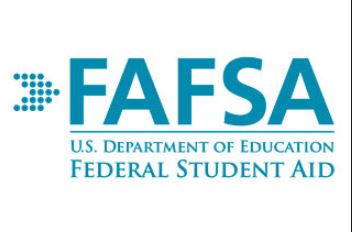
FAFSA Opens Today. Here’s What’s New on This Year’s Financial Aid Form
College financial aid season kicks off today, October 1, as the 2019-2020 Free Application for Federal Financial Aid opens for filing.
Anyone who wants to access the billions of dollars of federal financial aid awarded each year—including grants, loans, and work study—has to complete the FAFSA. The information you report on the form is used by the U.S. Department of Education to calculate your Estimated Family Contribution, or EFC. And that number is used by colleges to determine your family’s level of financial need.
If you’re heading to college for the first time next fall, this likely will be the first of at least four FAFSA filing periods you’ll go through. Here’s what you need to know.
You Can File From Your Phone
For the first time, students and their parents can download a mobile app to fill out the form. This means you can work on the FAFSA from anywhere, and you can start it on your phone and finish it online if you’d like. The app, called myStudentAid, also allows you to manage your FSA ID (more on that below) and view your loan information.
Officials hope the app with make it easier for the nearly 19 million students who file a FAFSA every year, particularly students from low-income backgrounds who may not have a computer or high-speed internet access at home.
The myStudentAid app is available from both the Apple App Store (iOS) and Google Play (Android).
Yes, You Need to Fill It Out
Everyone should fill out a FAFSA, even if you think your family earns too much money to qualify for need-based aid. Aside from the federal government, many states and private scholarship organizations use the FAFSA to award their aid, and some private colleges routinely award aid to families with six-figure incomes. Aside from need-based aid, the form is required for work study and to take out a federal student loan, which are cheaper and safer than private loans.
Start by creating an FSA ID. You’ll need an ID for the student and for the guardian. Before you begin filling it out, collect your 2017 tax return and W-2 forms and current bank statements. You’ll be using 2017 tax information to apply for the school year that starts in the fall of 2019. You’ll also need Social Security numbers for both FSA IDs.
Double Check Your Deadlines
While the amount of federal grants you qualify for isn’t affected by when you file the form, states and colleges do set priority deadlines for financial aid. And in as many as 10 states, aid is first-come, first-served, meaning it’s best to fill out the form early. You don’t have to race to fill it out this week, but submitting it by the end of the year is ideal.
You can look up your state deadline on the paper version of the application. For college deadlines, check the financial aid office’s website.
Once You Submit the Form, You’re Not Necessarily Finished
When you get to the final step, both the student and guardian need sign the form before submitting. (Users who tested the mobile app reported that wasn’t clear in the first version.)
After you submit the form, the colleges you’re applying to may need additional information to determine what sort of aid you’re eligible for. Be sure to closely monitor the email address associated with your financial aid account. This process, called verification, can be an obstacle for students, who often have to track down documents to support the information they reported on the form. Follow up with the financial aid office at the colleges where you applied to ensure they’ve received all the required documents.
Got more questions? The Department of Education is one of the best places to go for help. Here’s this year’s guide to filling out the form. The National College Access Network also has an outstanding step-by-step guide through the process.
